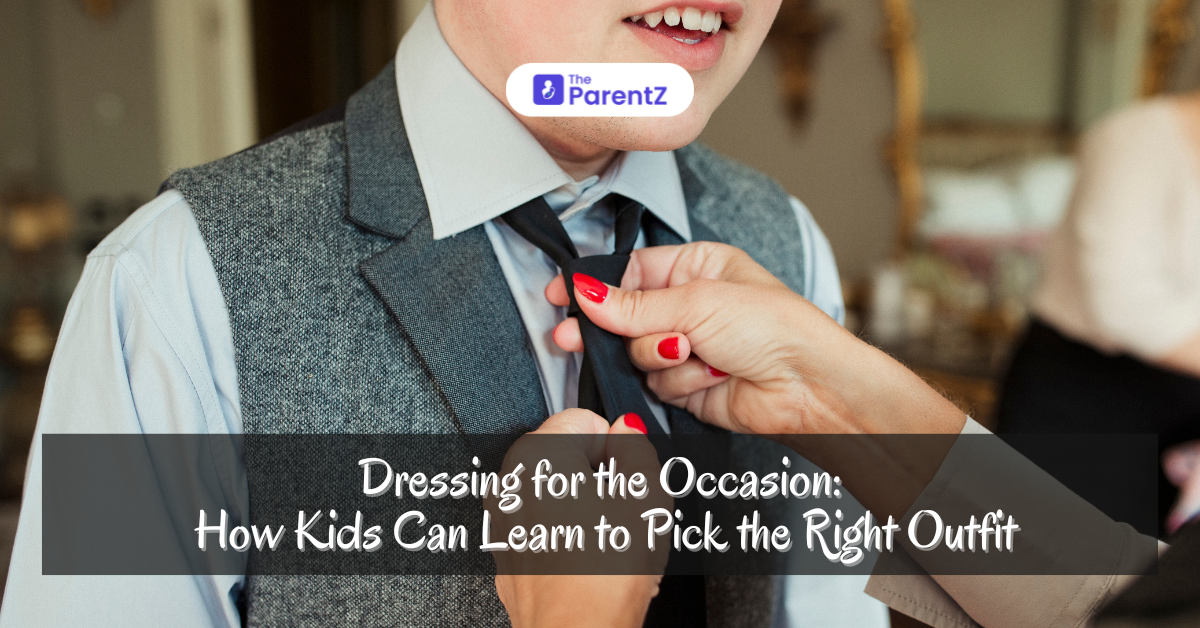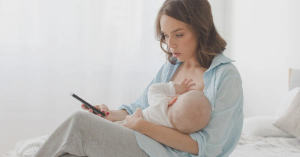Dressing appropriately for different occasions is an essential life skill, and it’s never too early to teach children the importance of choosing the right outfit. Whether it's dressing for school, a family gathering, a formal event, or a casual playdate, helping kids understand how to match their clothing to the situation empowers them to feel confident and respectful.
Learning to pick the right outfit isn’t just about fashion—it’s also about understanding social cues, showing respect for the event or setting, and developing good judgment. Parents and caregivers play a key role in guiding children through these lessons by providing simple, clear explanations and offering opportunities to practice decision-making. This article will explore strategies for teaching children how to select appropriate clothing for different occasions, why dressing for the occasion matters, and how this process can be a fun and educational experience.
Why Dressing for the Occasion Matters
Teaching children to dress appropriately for different occasions goes beyond simply looking presentable. It helps them develop an understanding of social etiquette and respect for the event or people they are interacting with. Just as adults adjust their clothing for professional meetings, family gatherings, or casual outings, children benefit from learning that different settings call for different attire.
- Respect and Awareness: When children learn to dress appropriately, they understand that certain events or environments deserve a level of respect. For instance, wearing neat, clean clothes to a family gathering or dressing more formally for a wedding demonstrates respect for the event and the people attending it.
- Self-Confidence: Wearing appropriate clothing helps children feel more comfortable and confident. For example, choosing practical, comfortable clothes for school ensures they can focus on learning and participating in activities without being distracted by ill-fitting or inappropriate attire.
- Social Skills: Learning to choose the right outfit also builds social awareness. Kids begin to notice how others dress for different occasions and gain insight into the expectations of different environments, which is an important aspect of social interaction.
Strategies for Teaching Kids to Choose the Right Outfit
Helping children learn how to dress for the occasion can be a fun and interactive process. Here are some strategies to guide them:
- Explain the Purpose of the Event: Start by explaining why different occasions have different dress codes. For example, you can explain that school requires comfortable and functional clothes because they’ll be sitting in class or playing outside, while a party might require a more festive outfit. Children will better understand how to match their attire to the occasion when they know the purpose behind it.
- Practice Together: Make picking out outfits a collaborative activity. For instance, when preparing for a family gathering or special event, allow your child to suggest an outfit, then discuss whether it's appropriate for the occasion. If it's not, explain why and work together to select something that fits better.
- Teach Basic Guidelines: Provide your child with basic guidelines about what is considered appropriate for different occasions. For example, explain that wearing sneakers and jeans might be great for school but may not be suitable for a formal event like a wedding. Teach them that some events call for fancier or more conservative attire, while others allow for a casual, comfortable look.
- Let Them Express Themselves: While teaching appropriateness, allow room for self-expression. If your child loves a certain color or accessory, find ways to incorporate their preferences into their outfits while still aligning with the event's expectations. This helps them feel comfortable while learning how to balance personal style with social appropriateness.
- Lead by Example: Children learn best by observing the adults around them. When you dress for different occasions, explain to your child why you’ve chosen a specific outfit. Point out details like shoes, accessories, or colors that match the event and help them see the thought process behind your choices.
Common Occasions and Appropriate Outfits
Children encounter various types of events in their lives, from school days to family outings and formal events. Here are some examples of common occasions and the type of clothing that might be appropriate for each:
- School: School days require comfortable, practical clothing that allows children to focus on learning and engage in physical activities. This includes t-shirts, jeans, or comfortable dresses paired with sneakers or shoes suitable for running and playing. It’s also important to consider weather-appropriate layers, like sweaters or jackets.
- Parties: For birthday parties or casual gatherings, kids can dress in fun, playful outfits that reflect their personality. Bright colors, festive patterns, or themed clothing are often appropriate. Depending on the setting, comfortable shoes for dancing or playing are a good choice.
- Formal Events: Weddings, religious ceremonies, or family celebrations often require more formal attire. For girls, this could mean dresses, skirts, or dressy blouses, while boys might wear slacks, button-up shirts, and dress shoes. The key is to emphasize that formal events call for a polished, neat appearance.
- Outdoor Play: For trips to the park or outdoor adventures, children should wear durable, comfortable clothes that can get dirty. Lightweight, breathable fabrics and comfortable shoes for running, climbing, or exploring are essential.
Teaching children to distinguish between these different dress codes helps them feel confident and prepared for any occasion.
Conclusion
Teaching kids how to choose the right outfit for different occasions is an important skill that goes beyond fashion. It instills in them an understanding of respect, social awareness, and the importance of dressing appropriately for the situation. By explaining the purpose of different events, offering guidance, and allowing space for self-expression, parents can make this a positive learning experience.
When children feel confident in their choices, they are more likely to participate fully in the activities around them, whether it’s a school day, a family celebration, or a casual playdate. Ultimately, learning to dress for the occasion helps children develop self-confidence, social skills, and a sense of personal responsibility.








